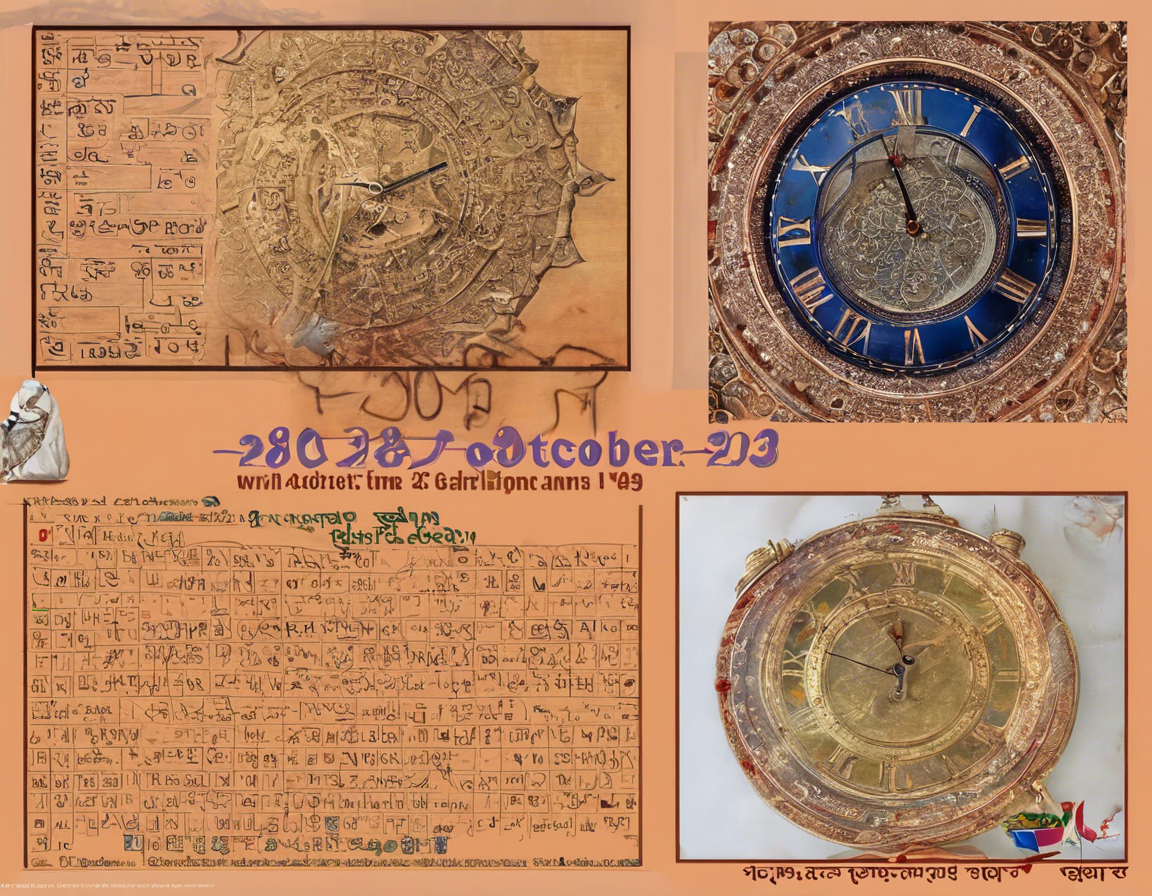Introduction:
The celestial event of a lunar eclipse, also known as “Grahan” in Hindi, is a fascinating phenomenon that has captivated humans for centuries. It occurs when the Earth passes between the sun and the moon, causing a shadow to be cast upon the moon. This creates a visually stunning display as the moon gradually darkens and then appears to turn a reddish hue, often referred to as a “Blood Moon.” The upcoming lunar eclipse scheduled for the 28th of October 2023 is generating significant interest among skygazers and enthusiasts. In this comprehensive guide, we will delve into all aspects of the 28 October 2023 Grahan Time, including its significance, timing, visibility, and various interesting facts.
What is a Lunar Eclipse?
A lunar eclipse takes place when the Earth comes between the sun and the moon, causing the Earth’s shadow to cover the moon partially or entirely. There are three types of lunar eclipses: total, partial, and penumbral. A total lunar eclipse occurs when the Earth completely blocks the sun’s light from reaching the moon, casting a shadow over it. A partial lunar eclipse happens when only a part of the moon is covered by the Earth’s shadow. Lastly, a penumbral lunar eclipse occurs when the moon passes through the outer part of the Earth’s shadow, resulting in a subtle darkening of the moon.
Significance of the 28 October 2023 Lunar Eclipse:
The 28th of October 2023 Grahan Time holds significance not only from a celestial standpoint but also in various cultural and astrological beliefs. Different cultures around the world have attached different meanings and interpretations to lunar eclipses. In astrology, lunar eclipses are believed to bring about powerful energies and changes, both on a personal and global scale. They are often seen as times of transformation, release, and letting go of the old to make way for the new. In some traditions, lunar eclipses are considered auspicious occasions for spiritual practices, meditation, and introspection.
Timing of the 28 October 2023 Lunar Eclipse:
The 28 October 2023 Grahan Time is expected to be visible from various regions around the world, depending on their geographic location. The eclipse will unfold over several hours, encompassing different phases such as penumbral, partial, and total. The exact timing of the eclipse may vary slightly based on your location, so it is advisable to consult local astronomical resources or websites for precise information. However, generally, the eclipse is expected to begin in the early hours of the morning and extend into the pre-dawn period, offering skywatchers a spectacular celestial show.
Visibility and Viewing Tips:
The visibility of the lunar eclipse on the 28th of October 2023 will largely depend on your location and local weather conditions. To maximize your chances of viewing this celestial event, it is recommended to find an open area with a clear view of the night sky, away from city lights and light pollution. Using a pair of binoculars or a small telescope can enhance your viewing experience and allow you to observe the intricate details of the eclipse. Additionally, dressing warmly and carrying a comfortable chair or blanket can make your skywatching session more enjoyable.
Frequently Asked Questions (FAQs):
-
Q: What is the difference between a lunar and solar eclipse?
A: A lunar eclipse occurs when the Earth blocks the sun’s light from reaching the moon, while a solar eclipse happens when the moon comes between the sun and Earth, casting a shadow on Earth. -
Q: How often do lunar eclipses occur?
A: Lunar eclipses typically occur two to four times a year, depending on the lunar calendar and orbital alignment of the Earth, moon, and sun. -
Q: Is it safe to view a lunar eclipse with the naked eye?
A: Yes, it is safe to observe a lunar eclipse with the naked eye as there is no risk of eye damage. However, using binoculars or a telescope can enhance the viewing experience. -
Q: What causes the reddish hue during a total lunar eclipse?
A: The reddish hue, also known as a “Blood Moon,” is caused by sunlight passing through Earth’s atmosphere and bending towards the moon, giving it a coppery-red color. -
Q: How long does a lunar eclipse last?
A: The duration of a lunar eclipse can vary, with a total lunar eclipse lasting for a few hours, including the partial and total phases.
Conclusion:
The 28 October 2023 Grahan Time promises to be an exciting and visually stunning celestial event that skywatchers around the world eagerly anticipate. Whether you are a seasoned astronomer, a casual stargazer, or simply curious about the wonders of the universe, witnessing a lunar eclipse is an awe-inspiring experience that fosters a deeper connection to the cosmos. Mark your calendars, prepare your telescopes, and get ready to witness the magic of the lunar eclipse on the 28th of October 2023.
